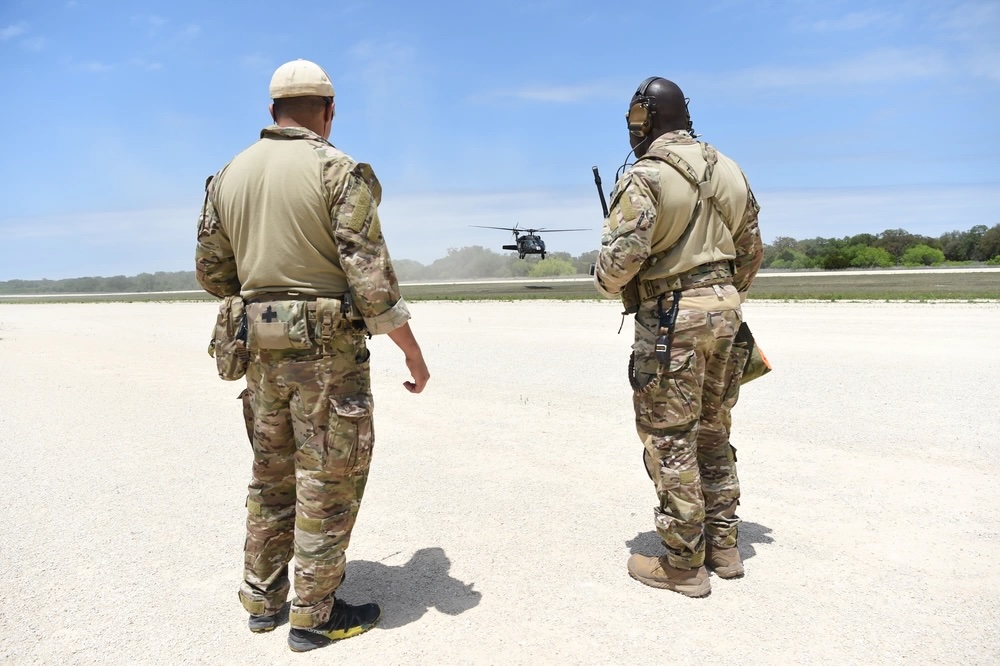So, JISCC was a civil package that utilized non-mil birds? I was somehow under the impression it worked with AEHF. That actually makes a great deal more sense.
ICE-S sounds more like an actual cell base station, and less an extender that would have ridden back on satellite, that's kind of what I envisioned. Thank you for fleshing it out more for me!
Yes, on both accounts. My last JISCC satcom shot was to SatMex6, which has a couple of other satellites very close by, and the way you know you are on the right bird, is the Cisco iDirect modem comes into the network for that specific configuration) and greens up.
ICE-S was a cell phone site, but adding a cell phone site where there is already coverage, or without mitigation of other vendors carrier equipment (the one I used was AT&T based), meant that you could impact existing fixed cell phone sites.
JISCC in concept is a great idea, as long as you have a dedicated team of knowledgeable people to implement its use, and tools and spare pats to fix things when they break. The packages did not come with tools or spare parts, and military units eventually had to add all of that in. That being said SyTech built reliable and rugged kits, Nana/Rivada Pacific did a poor job and each package from that vendor had to be torn down and rebuilt better. Poor grounds, crimps on lugs and splices, lack of attention to detail so cables would run against cases and fail. We even had a generator fan shroud fly apart and injure a person.
Hardware like GoTenna's and Wilson cell phone "extenders" were sometimes added, some units spent a lot of money on amateur radio equipment to be added to the package for emergency communications use. Others kept older terminals up and running to have the lower terminal ID number. I "killed off" and parted out one (of five in use statewide) terminal only to be told after retirement, that the state adjutant general had it rebuilt as it now has the lowest still in use terminal ID number on the network (bragging rights for having one of the first terminals still in use - ego).

 www.airandspaceforces.com
www.airandspaceforces.com



